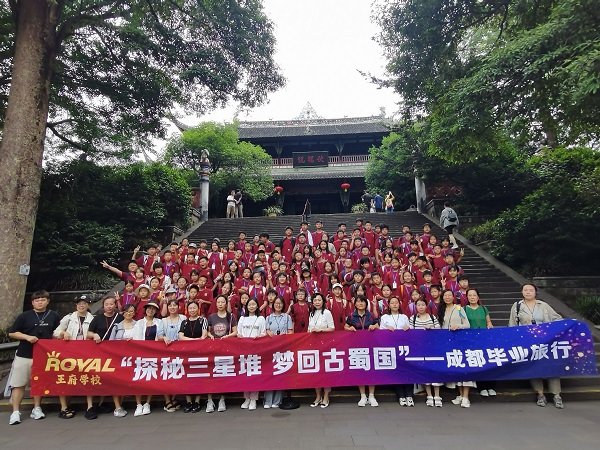search for a Trip
-
The ruins of the Guge Kingdom are located on a mountain in Zhabran Village 19 km west of the county town of Zhada in the Tibetan Autonomous Region of China.
The Guge kingdom was found in the 10th Century and survived for about 700 years before mysteriously disappearing. For decades, the ruins of the Guge Kingdom have attracted numerous tourists, archeologists, photographers, and explorers from all around the world. People are not only interested in the culture and art of the Guge Kingdom but also in the mystery of how such a huge kingdom disappeared overnight.
Many believe that the castle in the ruins shares a lot of similarities with the castles in the world-famous movie series "The Lord of the Rings," which adds a mysterious feel to the ruins. Surviving rooms in the ruins of the Guge Kingdom cover various styles, including simple and crude rooms for ordinary people, fortifications, and luxurious royal palaces and temples. Compared with the simple rooms at the bottom of the kingdom, palaces for nobles and royal families at the top of the castle are more ornate and enjoy a view of the whole castle. The castle was built on the edge of a cliff as a defense mechanism, with the only passage to the top of the kingdom in the front of the castle.
Firewood was widely used by people in the Guge Kingdom to fight off the cold winters brought by the high elevation. Some smoke stains can still be seen on ceiling in the ruins.
Most of the sculptures are gold or silver Buddhist statues, among which the best one is a statue called "Guge Silver Eye" (Yinyan in Chinese). The kingdom's intricate murals are preserved in good condition, despite being hundreds of years old. The murals depict almost every aspect of ancient Guge society.
Guge Kingdom remains a mystery waiting to be explored, but the secrets of the ancient kingdom may never be recovered.
- March 31st, 2011
More Attractions






